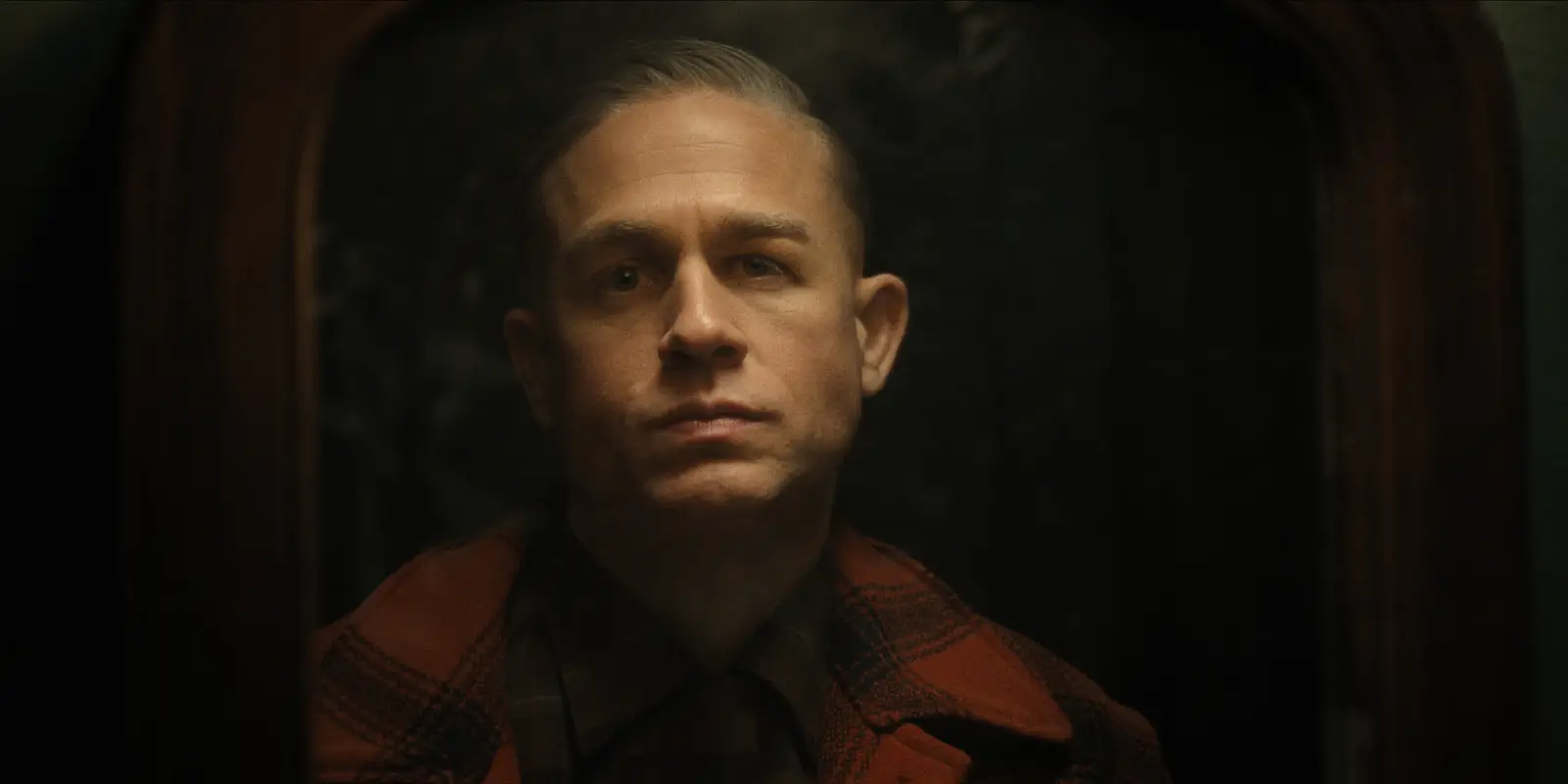
This article includes discussions of murder, animal murder, drugs, and sex work.
SPOILERS for Monster: The Ed Gein Story are ahead!
The version of mass murderer Richard Speck seen in Monster season 3 credits Ed Gein as his role model, but that’s far from the truth about the killer nicknamed “Birdman.” The newest season of the anthology features the story of serial killer and grave digger Ed Gein, taking massive, revolting creative liberties that bog down Monster: The Ed Gein Story.
The ending of Monster season 3 attempted to drive home the idea that Gein inspired a whole generation of future murderers. This led to the bizarre choice to have Gein help with Ted Bundy’s investigation. He also gets fan mail from other killers who credit him with him inspiring their crimes.
One of the most heavy-handed scenes features a fictionalized version of the real-life mass murderer Richard Speck, saying Ed Gein is his idol. He then writes a letter to Gein. This raises questions about whether Ed Gein actually influenced the infamous criminal, and the simple answer is no.
Why Mass Murderer Richard Speck Was Also Known As Birdman
When people refer to a serial killer called “Birdman,” they are usually referring to the serial killer Robert Stroud, who gained the nickname “The Birdman of Alcatraz” after becoming a self-taught Ornithologist. However, in the series, “Birdman” is the nickname for mass murderer Richard Speck.
While Richard Speck is often mislabeled as a serial killer, he was one of the first people to earn the title “mass murderer.” The key difference is that serial killers murder two or more (three or more in some states) with a cooling-off period in between, while a mass murderer kills multiple people at once in a single location without a cooling off period.
This nickname refers to an incident described in the book Mindhunter: Inside the FBI’s Elite Serial Crime Unit by John E. Douglas and Mark Olshaker. In the book, they share a story told by Richard Speck.
While in prison, Richard Speck nursed a sparrow back to health in his cell. However, he threw the bird into a spinning fan, killing it, when the guard said he couldn’t have pets. His logic was that if he couldn’t have it then nobody else could either.
Richard Speck’s Role In Monster: The Ed Gein Story – Is It Accurate?
Richard Speck’s prison scene in Monster: The Ed Gein Story is interesting because it’s mostly accurate, with one massive inaccuracy. A 1996 CBS Chicago report revealed clips from an 8-year-old home video recorded inside the prison of Richard Speck.
He had dyed blonde hair, breasts because of illegal hormone injections, and lingerie. What isn’t said in Monster is that he grew the breasts so that he could do sex work in exchange for drugs and protection in prison.
In the video (partial transcript available in the book The Crime of the Century by Dennis L. Breo and William J. Martin), he was seen having oral and anal sex and doing cocaine with another prisoner. He also explained in detail, as the character does in Monster, why he committed the crime, and he spoke of having fun in prison.
Additionally, there is another notable difference between Monster: The Ed Gein Story and the real story. Richard Speck had zero connection to Ed Gein. He never mentioned him as an idol in the video, and he never sent him a letter. All that in the Ed Gein drama’s finale was fabricated.
What Happened To The Real Richard Speck
As stated in Monster: The Ed Gein Story, Richard Speck was convicted of murdering nine women and given the death penalty. Then, he was resentenced. According to the Chicago History Museum, he was given 400 to 1,200 years in prison after Illinois abolished capital punishment.
This was later lowered to 100 to 300 years in prison. It’s essentially a life sentence, as portrayed in Monster. In real life, he tried more than seven times to get parole, but was denied every time. Eventually, just before his fifteenth birthday, he died of a heart attack.